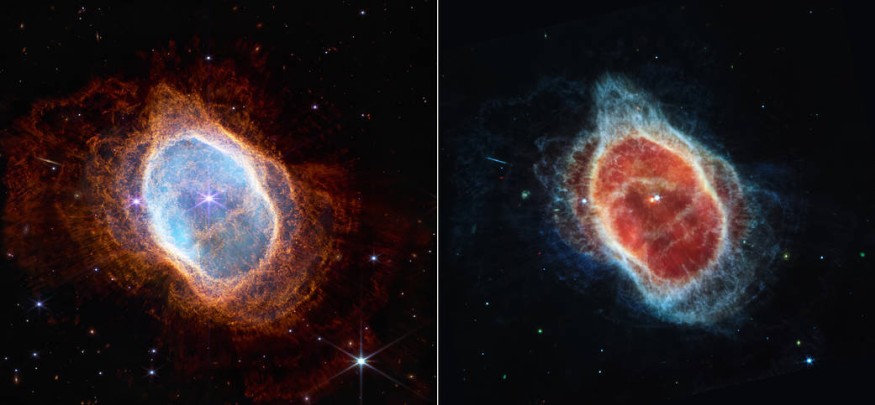The mesmerizing images of far-off nebulas that NASA's James Webb Space Telescope photographed in July have been transformed into music Through a process known as data sonification.
The public may now see three sonifications of pictures from the first James Webb Space Telescope data release.
Space.com said NASA uses the sonifications to make the James Webb Space Telescope science understandable to blind or visually handicapped space fans as part of the Universe of Learning initiative.

WASP-96 b's Watery Sound
JWST examined the atmosphere of the clear water-signaling hot gas giant exoplanet WASP-96 b. NASA also transformed the transmission spectrum's data points into sound.
Across the spectrum, the sonification shifts from left to right. From bottom to top, the y-axis runs from less to more light blocked.
On the left and right, the x-axis has a range of 0.6 microns to 2.8 microns, respectively. Every data point has a pitch corresponding to the light frequency it represents.
NASA pointed out that lower frequencies heard as lower pitches are associated with longer light wavelengths. The volume of each data point shows how much light was detected there.
Southern Ring Nebula Monotonous Voice
NASA James Webb Telescope added audio to two near-infrared (at left) and mid-infrared (at right) photos of the Southern Ring Nebula.
By mapping the colors in the images to the pitches of sound, the sonification immediately converts the light frequencies in the images to sound frequencies.
According to the space agency, the near-infrared light at the beginning of the track correlates to a higher range of frequencies.
In order to highlight the fact that the mid-infrared region of the spectrum comprises longer wavelengths of light, NASA noticed that the notes shift halfway through and become generally lower.
Carina Nebula's Harmonious Voice
A song has been created using a near-infrared photograph of the Cosmic Cliffs taken by NASA's James Webb Space Telescope in the Carina Nebula.
The artists assigned a particular note to each of the semi-transparent, gauzy, and incredibly dense gas and dust areas in the nebula, creating a buzzing sonic environment.
The sonification scans the picture from left to right. According to the space agency, this huge, gaseous emptiness resembles a mountain range, and the music is loud and rich, catching every detail.
NASA also explained that the gas and dust in the top portion of the picture are represented by blue tones and windy, drone-like noises. The composition is more lucid and melodious in the lower half of the image, which is rendered in fiery orange and red tones.
RELATED ARTICLE : NASA's 'Black Hole Remix' in Perseus Galaxy Sounds Like Souls Being Tortured in Hell, Netizens Say
Check out more news and information on Space in Science Times.












